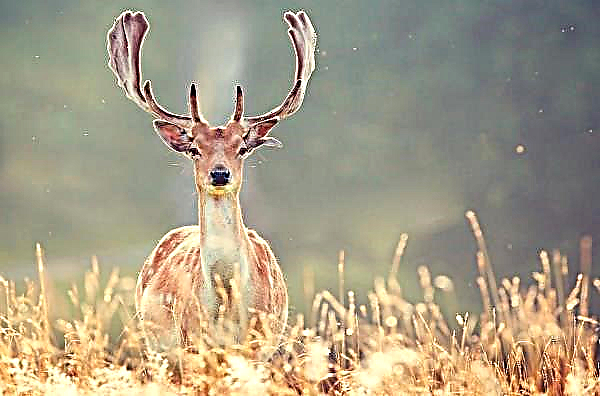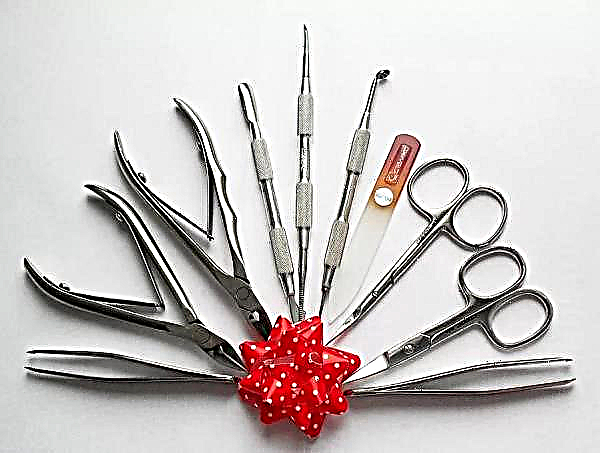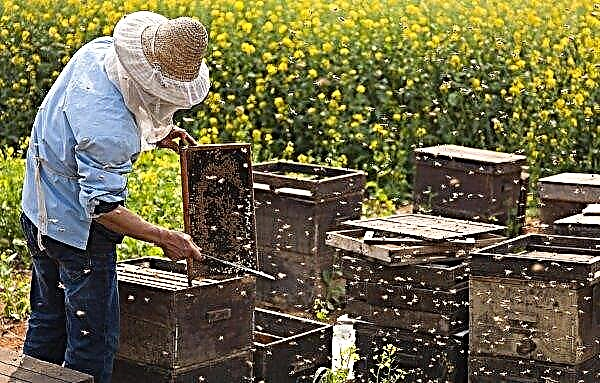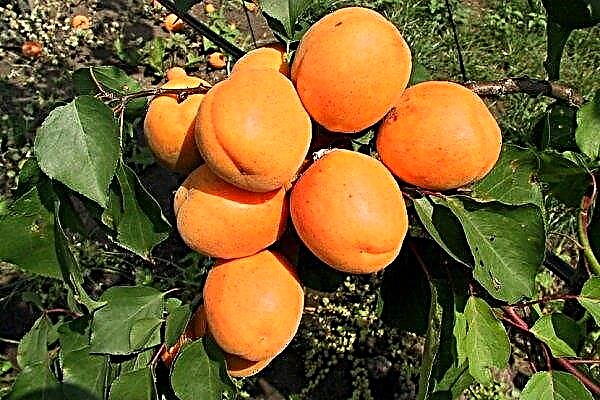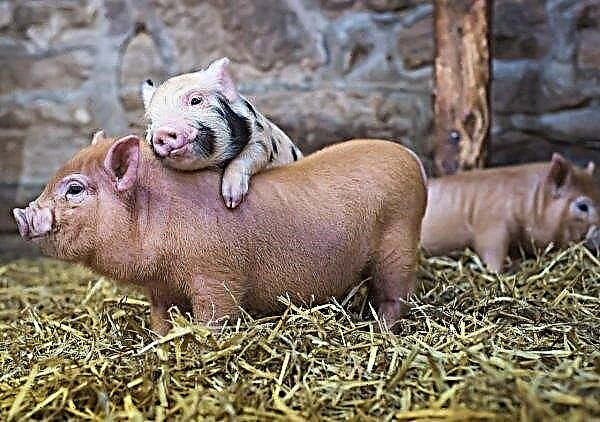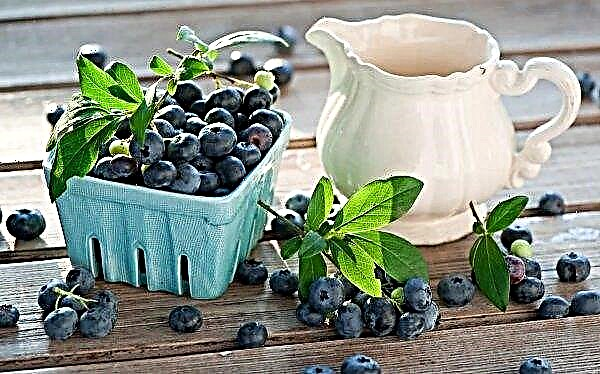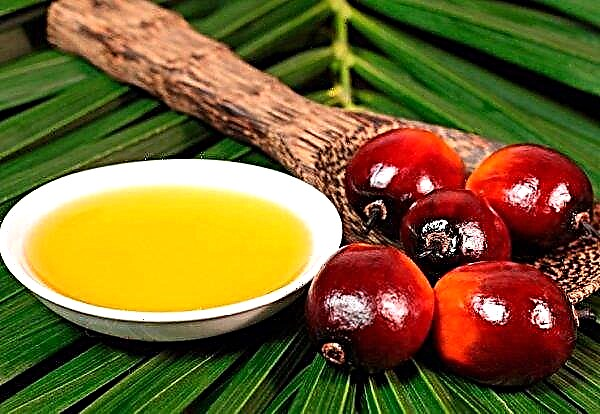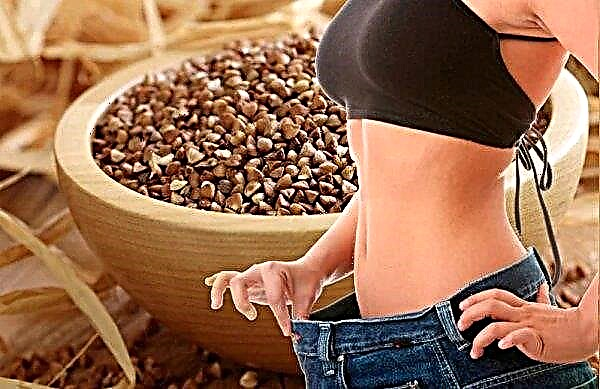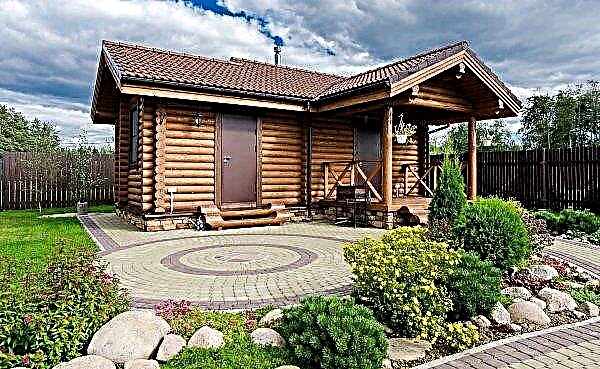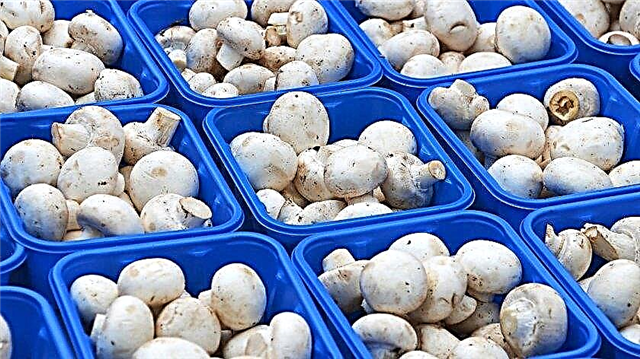The blackening sub-boot (in Latin Russula nigricans) belongs to the genus Syroezhek, the family of the Syroezhkovs, therefore it often ends up in the mushroom picker basket along with other relatives. In general, its taste properties are at a fairly high level, however, in order to obtain the most positive result from the collection and preparation of such mushrooms, it is worthwhile to adhere to some rules, first of all, trying not to confuse the blackening variety with a load of other mushrooms similar to it. This can only be prevented by carefully examining all the characteristics of the variety.
Description
The blackening russula (the second name is preload) has an attractive appearance, but when examining the found specimen, it is worth paying attention to each part of it separately:
- A hat. It can reach 5–20 cm in diameter, changing its shape and color depending on the age of the fungus: in young representatives it is convex and dirty white, and as it grows it becomes funnel-shaped and brown-black. The coating layer (peel) is easily removed on most of the surface.
- Hat records - very rare, thick and almost always well fused with a leg. At the initial stages of the development of the fungus, they are yellowish, but over time they become dirty yellow and gray-reddish with mechanical damage to the tissues.
- Leg - strong and massive, mainly white, but with clearly visible brown shapeless spots. Over time, its lower part blackens more and more, which is why the mushroom got its name.
- Pulp of the indicated load - dense, white, rapidly changing color in the open air (after cleaning, it first turns grayish red and then darkens). The aroma and taste of the meaty part of the cap is mostly sharp, while the leg is sweeter. White spore powder contains separate ovoid and slightly tuberous spores with a developed incomplete network. Reproduction of mycelium occurs with the help of insects and wind.

Distribution area
The natural medium of growth is a load of blackening - deciduous and mixed forests, in which it forms mushrooms, combined with hardwoods. In addition, it can be found in deciduous and spruce plantations, mainly temperate climatic regions of the Russian Federation or the territory of Western Siberia.
Especially persistent mushroom pickers come across loads in the forests of Western Europe, but you still should not count on its massive collection in these parts. In Russia, especially fruitful places are noted on the Karelian Isthmus and on the territory of the Leningrad Region.
Video: Blackening preload
Gathering season
Mass fruiting of the described fungi occurs in the middle of summer and in a relatively warm climate can continue until winter. However, the best solution would be to harvest in August or September, while the mushrooms have not yet outgrown, but have already accumulated a sufficient amount of nutrients. For hiking in the forest, it is worth choosing warm and moderately wet days to minimize the likelihood of collecting rotten and soaked specimens due to rain.
Edibility
Blackening preload belongs to the fourth category of edibility and nutritional value, which means that it can be used as food, but only after preliminary heat treatment (peeled mushrooms are boiled several times, changing the water). Soaking in salt solution is possible only if you do not care about the appearance of the future cooked dish, because under the influence of salt the mushrooms always turn black.
Important! Young mushrooms are softer, while old ones are hard and wormy, which is why they have to be cooked longer and more carefully sorted after harvesting.
Treatment
First of all, the collected mushrooms must be cleaned of adhering twigs, leaves and other forest debris. Then you should remove the peel from the hat (facilitating the preliminary soaking of the loads in clean water) and clean the leg well, cutting it in several places to exclude the worminess of each specimen.
The peeled and cut fruit bodies (immediately it is desirable to divide into parts only large specimens), it remains only to rinse well under running water and send to the pan for heat treatment. For further cooking, the mushrooms are boiled in two stages (20 minutes each), each time filling the loads with clean water.
Cooking methods
The cleaned preloads can be fried, stewed and even baked, having previously been prepared in the manner described above. Cooking time and the use of additional ingredients depend on the requirements of the selected recipe, but in any case, do not forget about the features of cooking the harvested crop.
Important! It is advisable to freeze the mushrooms in portions, so that every time you do not have to defrost the entire amount. With repeated freezing, they lose a significant part of their benefits.
Sometimes at this stage the cooking of mushrooms ends, and the process itself consists of several stages:
- Clean up blacking debris from garbage.
- Soak them in clean and cold water for three days, with a fluid change every 24 hours.
- Thorough cleaning of wet specimens from the skin and darkened or yellowed areas (just cut off with a knife).
- Cooking mushrooms in a saucepan over moderate heat with the addition of a teaspoon of salt (water should completely cover the fruiting bodies). As soon as the boilers begin to boil, they need to be boiled for another 20 minutes, and then removed from the heat.
- Rinsing the mushrooms after draining the boiling water and cooling them (should take place in cold water so that the mushrooms do not darken).
- Mixing with spices and salt in a separate container (the amount of ingredients required is determined depending on the number of mushrooms and the volume of the pan).
 Ready-made boiled loads can either be further used for culinary purposes (for example, for frying or stewing), or frozen in a freezer, thereby harvesting for the future.
Ready-made boiled loads can either be further used for culinary purposes (for example, for frying or stewing), or frozen in a freezer, thereby harvesting for the future.No less successful way of harvesting mushrooms for a long time will be their salting. As in the first case, there is nothing complicated in this process, especially if you choose a quick version of such a blank. In addition to the blackening russules themselves, water and salt, you will also need citric acid, which improves the taste of the finished workpiece.
The salting process is based on the following actions:
- To begin with, the collected mushrooms should be well cleaned of dirt and needles, cut off all the blackened and yellowed areas, and then boil over low heat in accordance with the above method.
- After they have boiled for 20 minutes, add a pinch of citric acid to the pan and after boiling for three minutes remove the heat from the heat (they must cool in a container with cold water).
- While the mushrooms are cooling down, start cooking brine, counting on each liter of water 2 tbsp. tablespoons of salt.
- Transfer the loads to a sealed jar, fill with brine and transfer to a container with cold water.
Once the mushrooms have cooled and infused a little in the brine, they can be eaten. In taste, the blackening preload is not inferior to other popular mushrooms, of course, if for cooking you choose the most young and non-wormy mushrooms.

Similar views
“Hunting” for blackening loads, you can stumble upon both dangerous and edible “doubles,” many of which are very difficult to distinguish from the original. The representatives of the first group, first of all, include a pale grebe, with a flat or spherical hat of a grayish or olive-green color. Under the hat, she has white plates, and the young ones also have a "skirt", which originally connects the leg and the hat.
For comparison, the present plate has yellowish plates and there are no skirt rings on the leg. Leg “fake” light color, with a mesh pattern over the entire surface and, unlike the edible variety, does not blacken over time. The toadstool pulp always remains white during cutting and this is the main distinguishing criterion for an inedible mushroom.
As for the harmless and edible doubles, then they include:
- White and black (Russula albonigra) with a whitish hat, covered with flowing thick plates and blackening flesh, with a mint flavor (does not blush). This species can be found mainly in birch and aspen forests and even infrequently.
- Black plate preload - characterized by a modest size (less blackening) and a brownish or deep brown hat with a dark shade. The plates are rare, and the pulp at the cut first turns red and then slowly darkens. Like the previous variety, this fungus is found infrequently, mainly in coniferous and mixed forests in the first months of autumn.
- Black preload - has no less similarity with the blackening variety. It can be distinguished from the “original” by the flesh that turns brown when cut and without characteristic brown spots. Coniferous forests are a typical place for growing black podgrudok.

All the edible "doubles" of the blackening podgrudka can be combined into a separate subgroup of the mushroom kingdom, which differs from the others in the darkening flesh and the characteristic dark color of each specimen. The external color can be any: from completely white to milky with a brown tint. You can collect such mushrooms, because along with real blackening loads, they can become a good addition to various dishes and will not harm the human body.
With proper processing, a blackening preload is always a fragrant and tasty ingredient in the first and second courses, the main thing in its preparation is to adhere to the requirements of the particular recipe chosen.
